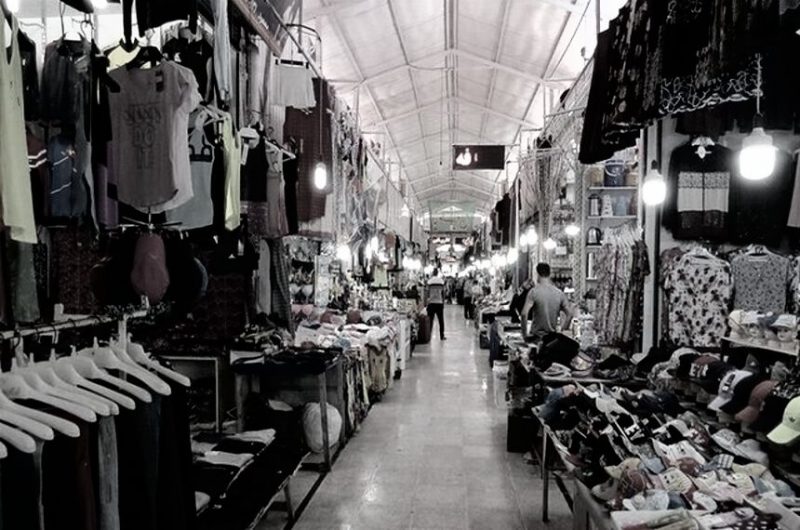The Impact of Sanctions on the Death of Markets
According to Iran Gate’s report, a comparative analysis of the average amount and number of issued checks, as one of the criteria for assessing the economic situation, indicates the overall economy’s vulnerability to the intensification of sanctions from 2018 to 2022.
Statistics related to exchanged checks have always been considered one of the factors for assessing the economic situation on a macro scale because tools like checks are not used for small financial transactions and mainly indicate business dealings.
In fact, based on the statistics discussed further, it can be concluded that not only has the amount of medium and large household purchases significantly decreased, but large and small industries and various businesses have also been severely affected by the inflation resulting from the intensification of sanctions.
This report, which is the second part of the examination of two components of Iran’s banking transactions, investigates the relationship between the statistics of issued checks and the U.S. withdrawal from the JCPOA. The decline in the purchasing power of different segments of society following the inflation rate surge due to intensified sanctions is the main cause of such unfortunate economic upheaval in the country.
Fivefold Increase in the Average Amount of Each Check
People’s purchasing power has not only decreased in everyday purchases but also in larger purchases. This issue has been examined by comparing bank check exchanges as one of the payment tools for larger amounts. The table below shows the official statistics of the Central Bank on exchanged checks in April 2018 and 2022.

Statistics show that the number of exchanged checks in April 2018 was 6,712,000, which decreased to 5,185,000 in April 2022.
What Do These Statistics Mean for Households?
Since checks are usually used for household-scale purchases such as cars, land, and houses, the 23% reduction in check usage over these four years clearly indicates a recession in markets like home appliances, housing, and cars. In other words, this significant decrease shows a severe decline in the purchasing power for medium and large household purchases in Iran.
Despite this drop in the number of checks, the amount of checks has almost quadrupled, rising from 46 trillion tomans in April 2018 to 183 trillion tomans in April 2022. The average amount of each check has also jumped by 413%, from 69 million tomans in April 2018 to 354 million tomans in April 2022.
Therefore, it can be said that people have faced difficulties in their larger purchases, making fewer purchases but spending significantly more each time. However, the important point is that the number of issued checks has decreased, meaning that purchases are aggregated over longer intervals. This issue indicates a decline in the quality of life for citizens, as households spend more time acquiring necessities and have access to fewer amenities.
The Signal of This Report for Businesses
As mentioned earlier, checks are the most important tool for medium and large-scale transactions, mainly related to companies or families that are either growing or financially well-off. The discussion on households was mentioned in the above sections, but what is the message of these statistics for businesses?
The income level of any organization is directly related to its expense volume. In other words, if we consider a manufacturing company, as the cost of procuring raw materials and hiring more human resources increases, naturally, the level of production and ultimately the organization’s income should also grow. Of course, there are deterrent factors that are not addressed here.
However, it should be noted that checks are the main tool for company expenditures. When the number of issued checks and the average amounts do not align with the inflation growth rate, it means a reduction in spending and consequently company income. Reduced business income results in efforts to cut costs, and generally, the first area employers turn to for cost reduction is workforce downsizing.
In other words, these statistics can indicate a severe recession in the productive sectors of Iran’s economy during the period of intensified sanctions, an event that inevitably leads to increased unemployment and poverty in society. On the other hand, looking at the economic growth statistics in the 2010s and comparing the first half of this decade with the second five-year period, the U.S. withdrawal from the JCPOA in 2018 shows a sharp decline in this factor.
In fact, it can be said that the productive sectors of the economy have fallen into a coma in the years following the U.S. withdrawal from the JCPOA, and the vulnerable segments have been severely harmed by this disaster. The result of these events is nothing but a decrease in the quality of life for citizens in the middle deciles and an intensification of poverty among the lower income deciles.

